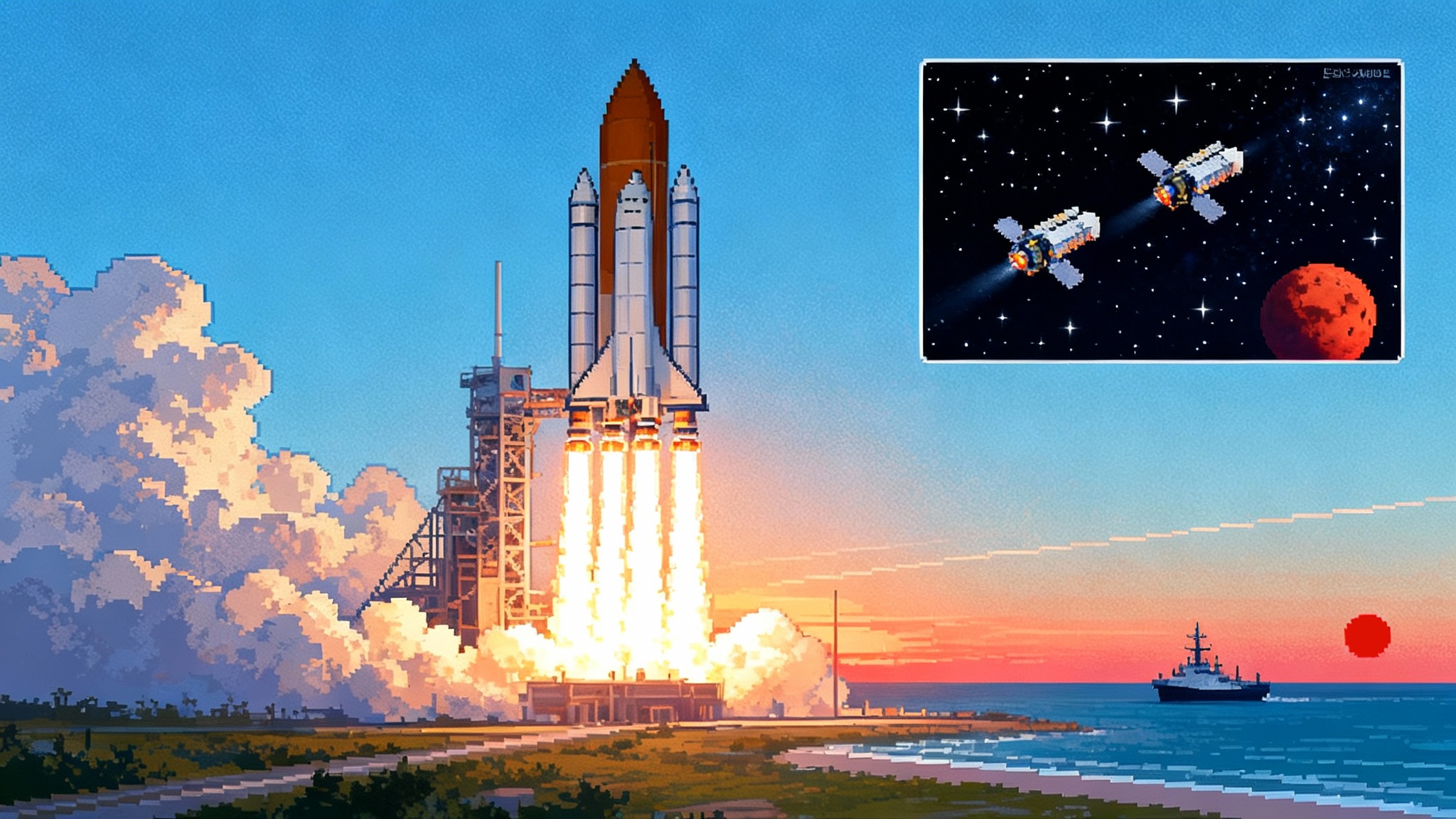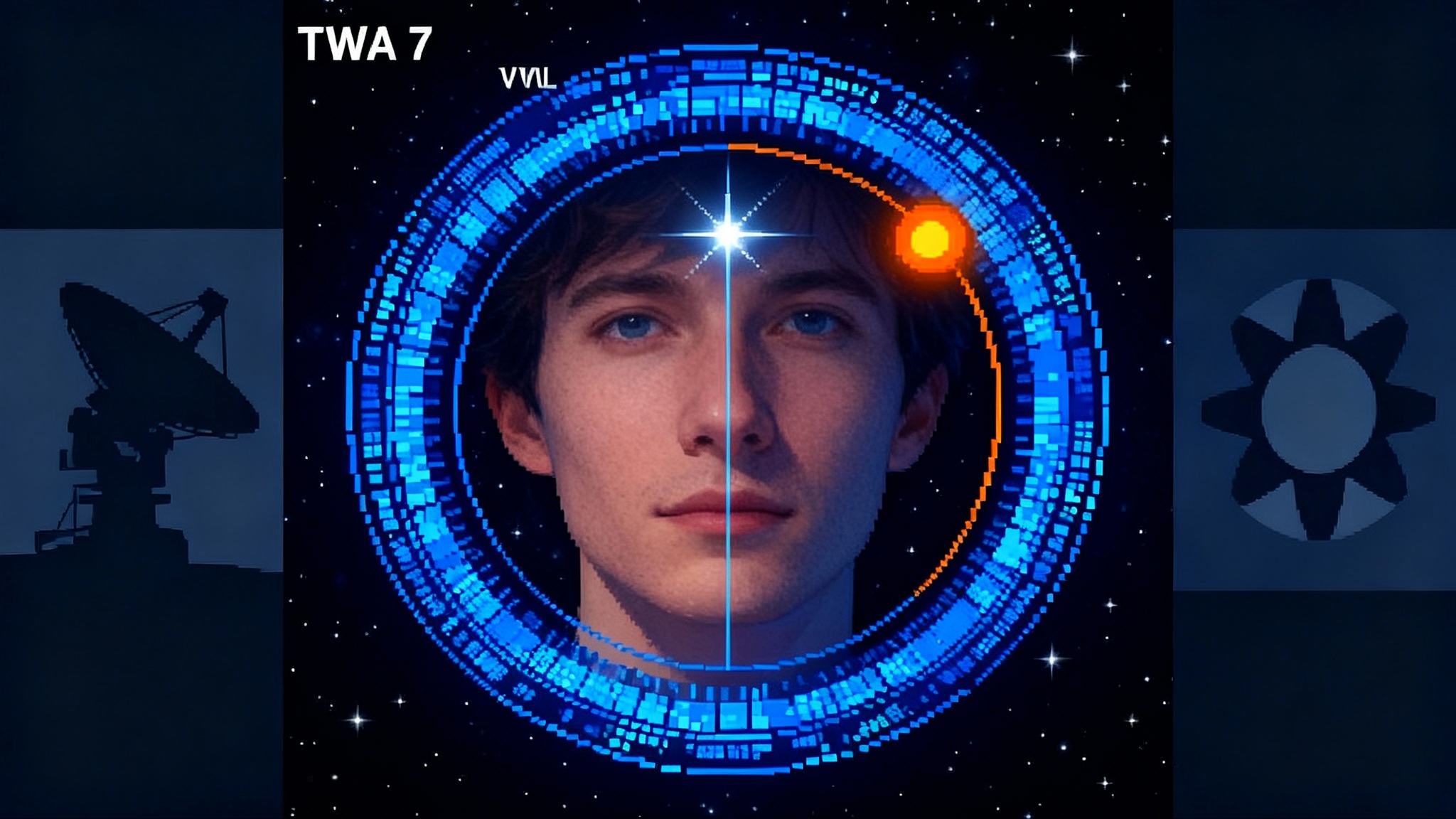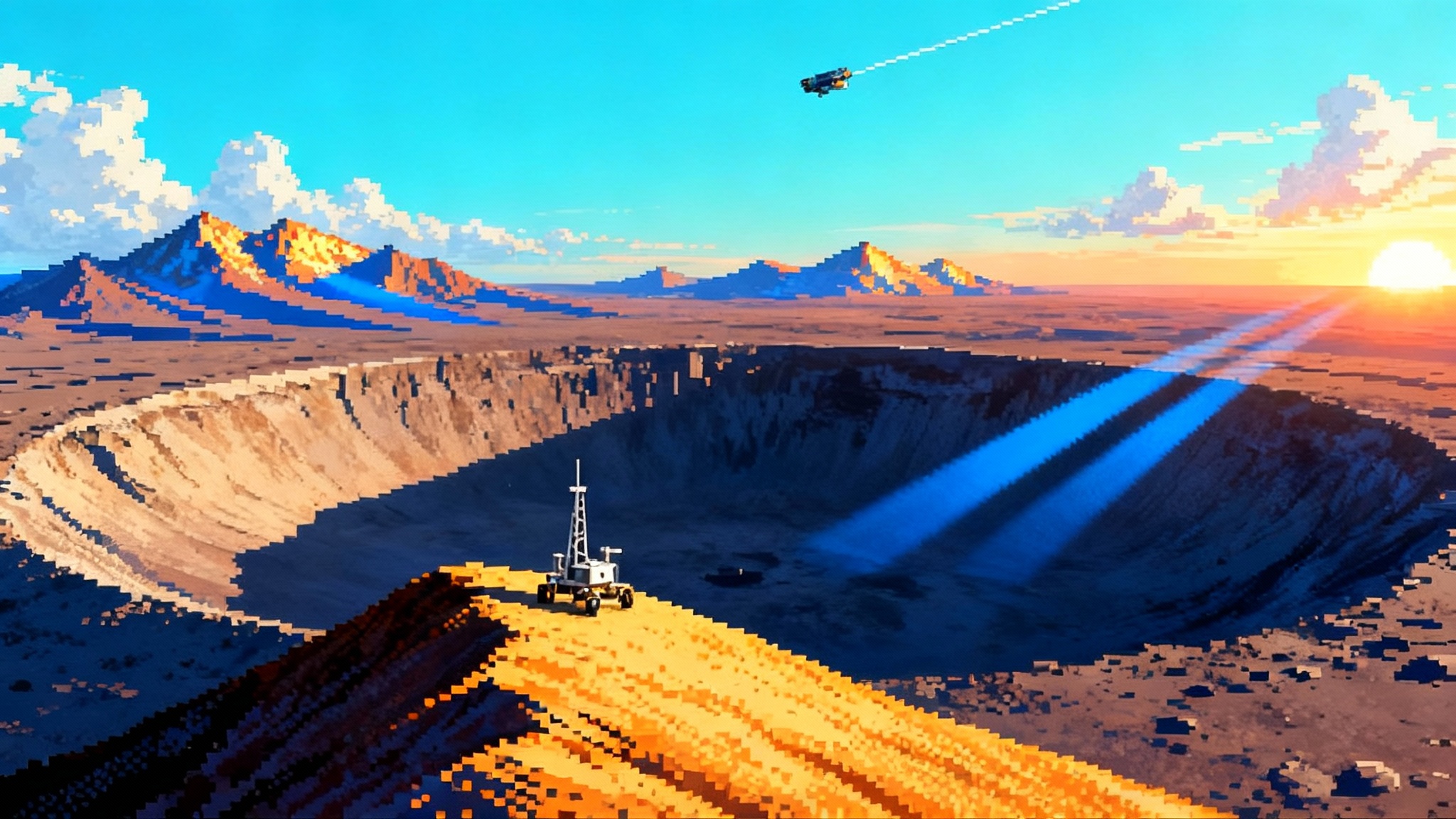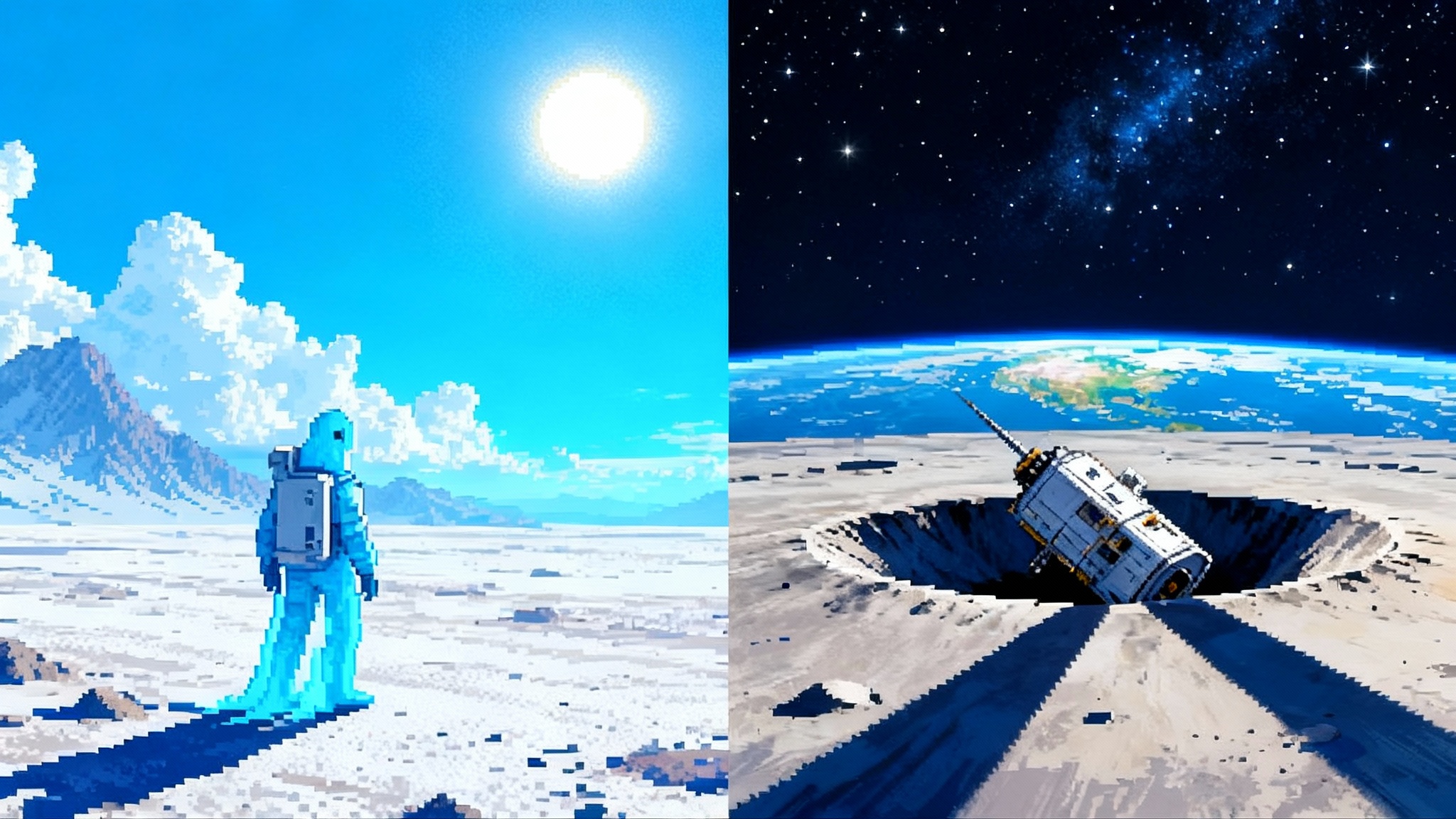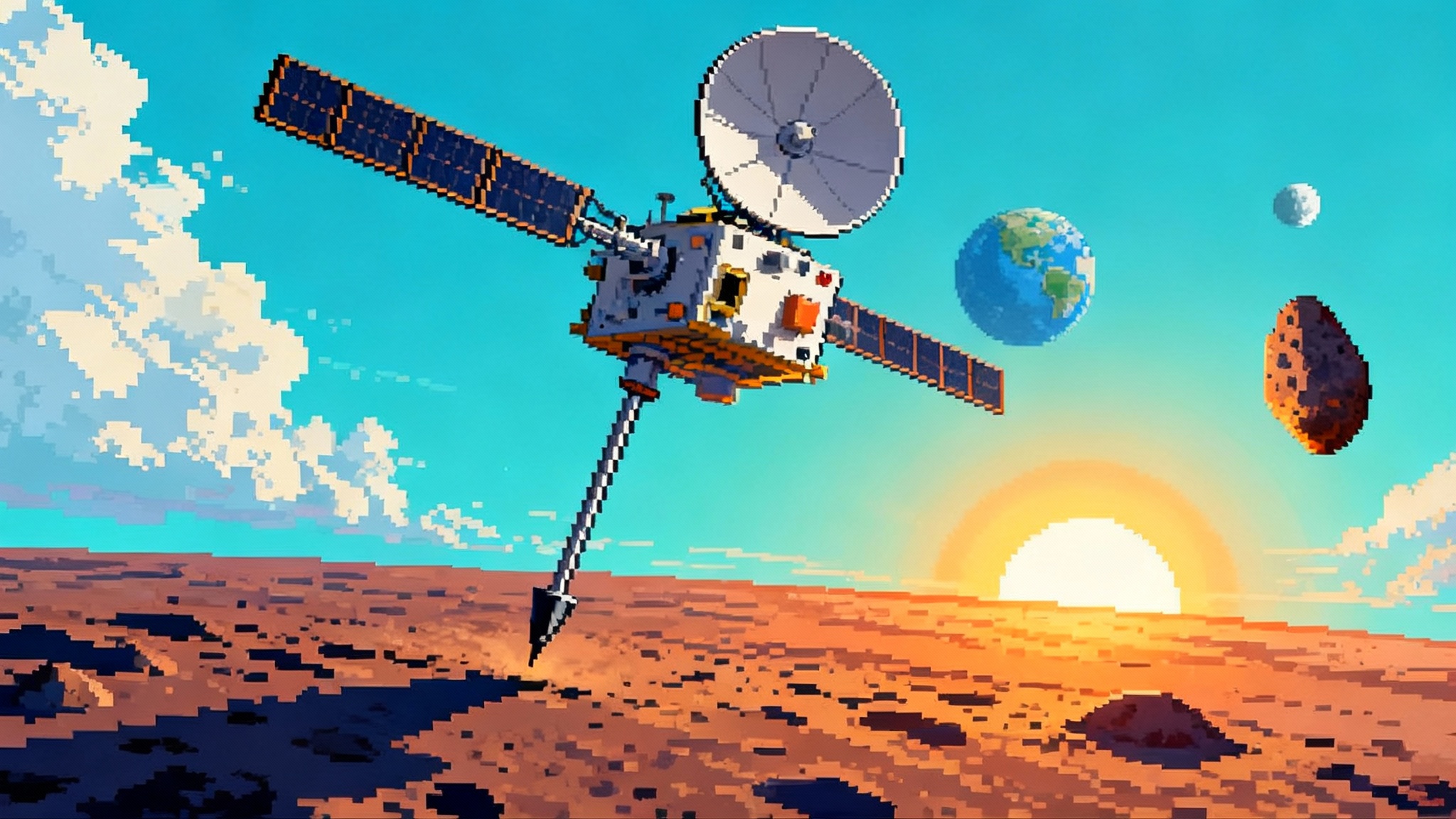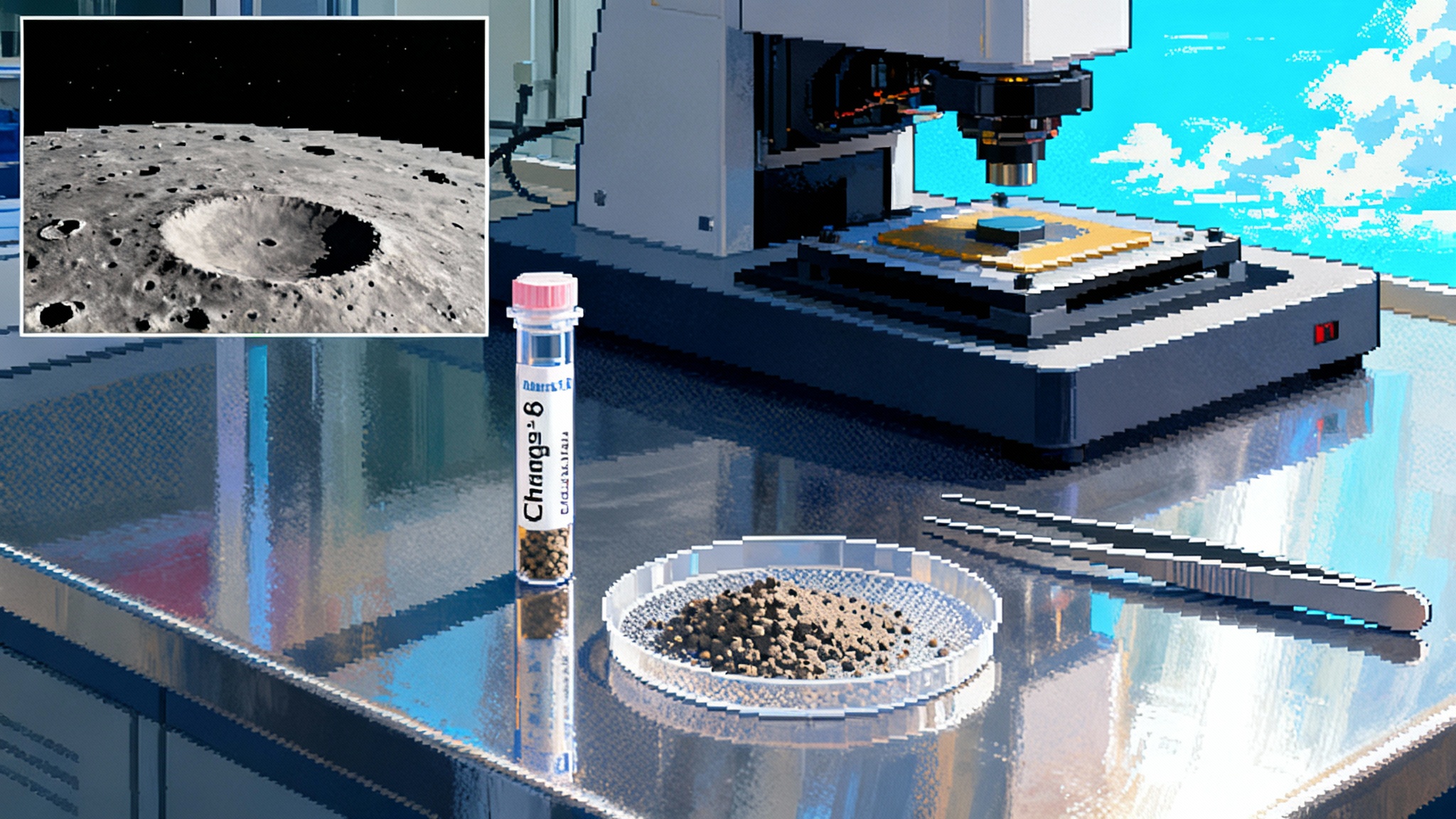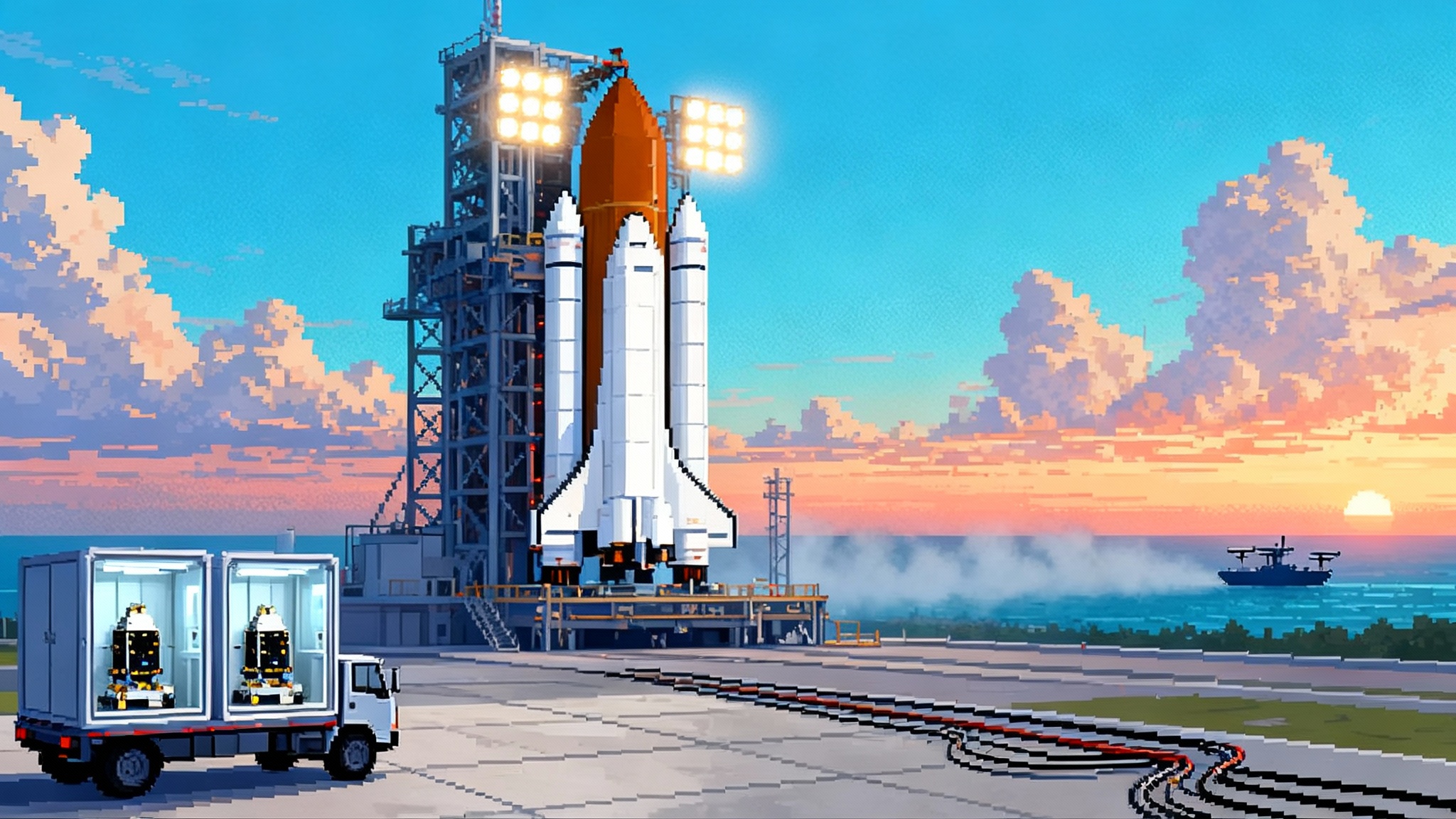Chang’e‑6 rewrites lunar history and the south pole playbook
Peer‑reviewed results from Chang’e‑6’s far side haul point to an older South Pole-Aitken basin, volcanism that lingered, a surprisingly dry mantle, and hints of a late magnetic rebound. Here is how those findings tighten crater clocks and reshape where, why, and how we land next.

The first far side samples are speaking
For fifty years we told the Moon’s story from near side rocks. Chang’e‑6 broke that monopoly. In June 2024 the mission returned the first samples from the far side, scooped from Apollo Basin inside the colossal South Pole-Aitken (SPA) impact structure. By mid‑2025 the first peer‑reviewed studies landed, and they are already reshaping lunar history and the next decade of landing plans. For a broader primer on the mission’s context, see our far side secrets explainer and our deeper look at Chang’e‑6 far side samples.
Four results matter most for what comes next: SPA looks older than many models assumed, volcanism on the far side persisted late into lunar time, the mantle source under SPA is unexpectedly dry, and some clasts record a rebound of lunar magnetism about 2.8 billion years ago. Together, those threads tug on the cornerstone we use to date surfaces across the inner solar system and they nudge NASA’s Artemis, the CLPS line, and China’s ILRS toward different questions and different sites.
A new clock tick at 2.83 billion years
The cleanest anchor to fall into place is the age of a far side mare basalt. Isotopic dating on Chang’e‑6 basalt returned a tight number around 2.83 billion years, which scientists have already folded into the lunar crater chronology used to infer ages from impact counts on airless worlds. You can dive into methods and uncertainties in the study that pins the 2.83 billion year basalt age.
Chronology models need anchor points, like pegs in a tent. For decades most of our pegs came from Apollo and Luna near side sites. The 2.83 Ga far side peg tightens the mid‑lunar timeline and, early analyses suggest, supports a roughly constant impact flux after about 2.8 Ga. If that constant‑flux inference holds as more clasts are dated, it means two practical things:
- Mid‑to‑late ages inferred from crater densities on the Moon, Mars, and Mercury may shift modestly and become more precise, especially in the 3.2 to 2.0 Ga window that bridges the Martian Hesperian and Amazonian. Mission planners reading surface ages off crater curves will make fewer conservative assumptions about error bars.
- The production functions many teams use in dating craters will be retuned to include this far side anchor, reducing the chance that hidden geochemical biases from near side samples creep into age estimates elsewhere.
SPA is older, and that matters beyond the Moon
In March 2025, analyses of impact‑melt norites in the returned fines converged on an SPA formation age of about 4.25 billion years. That is not wildly different from earlier estimates, but it is the first sample‑based tie‑down from inside the basin. It places the largest lunar impact very early relative to the solar system’s formation clock and gives modelers a real timestamp for the tail of the early impact barrage.
For crater chronologists this matters because every large basin age informs the high‑crater‑density end of the curve. If SPA’s 4.25 Ga age becomes the accepted anchor, early lunar terrains used as calibration patches become a bit more coherent. That coherence propagates to Mercury, where the oldest plains are dated by analogy to lunar basins, and to Mars, where the earliest valley network epochs are pegged to crater densities calibrated on the Moon.
There is also a geochemical message in that age. SPA likely excavated to great depth and stirred lower crust and upper mantle. If that event is older and more energetic than some models assumed, it helps explain why the far side mantle sampled by Chang’e‑6 looks so depleted today.
A mantle that is unexpectedly dry
Multiple groups analyzing basaltic fragments from Chang’e‑6 report extremely low water contents in the mantle source beneath the SPA region, at or below a few micrograms per gram. Near side mantle sources, in contrast, often carry an order of magnitude more indigenous water. The cleanest summary of the measurements and their implications is in the Nature paper on water abundance in the far side mantle.
Why it matters for exploration:
- Resource expectations shift. Endogenic water tied up in minerals is unlikely to be a useful reservoir in SPA basalts. If you are designing an ISRU demo for human‑tended outposts, do not count on baking basalt for water on the far side. Focus on oxygen from oxides, metals, and volatiles in cold traps.
- Polar ice models get a nudge. If the far side mantle is drier, then the volatile budget degassed to the surface over time may also be lower there. That does not change the physics of trapping exogenous volatiles in permanently shadowed regions, but it does shape hypotheses about indigenous versus exogenous contributions to south polar cold traps.
- Science priorities sharpen. The hemispheric water dichotomy becomes a first‑order test of the Moon’s formation and thermal evolution. Teams will want paired sample suites from near and far side mantle sources of the same age to isolate primordial differences from SPA‑driven scouring.
Volcanism that would not quit
The returned fragments show two distinct volcanic episodes in SPA country, one ancient around 4.2 Ga and another right around 2.8 Ga. That span says the far side did not simply cool and shut down after early basin formation. Instead, it tapped melts episodically. Yet the chemistry points to a mantle source that is ultra‑depleted in incompatible elements, which helps explain why the far side did not build the vast, thick basalt seas we see on the near side.
Two takeaways for planners:
- Date young lavas in place. Thin, patchy far side mare can still preserve young lavas that are perfect for in‑situ dating demos. Put a flight‑qualified dating package on a future CLPS lander or ILRS sortie where crater counts are clean and the basalt is fresh.
- Expect impact‑assisted melting. The depleted mantle implies higher melting thresholds. Expect volcanism to cluster where crust was thinned by big impacts or where heat sources were localized. SPA’s interior and rim remain natural laboratories for impact‑triggered melting, a process relevant to other worlds with thin lithospheres.
Hints of a restless ancient magnet
Paleomagnetic measurements on several Chang’e‑6 basalt clasts report surprisingly strong field intensities at about 2.8 Ga, roughly 5 to 21 microteslas. The simplest reading is that the lunar dynamo was not a smooth fade. It flickered late, perhaps powered by a basal magma ocean or precession‑driven core motion. Magnetic anomalies thus become high‑value targets because they trap information about cooling rates, impact shock, and field geometry.
How crater dating across the solar system will be recalibrated
Crater counting is only as good as its pegs. With a 2.83 Ga far side basalt anchor and a sample‑based 4.25 Ga age for SPA, the mid and early ends of the curve both get stronger. Expect these shifts:
- Mid‑era slope refit with tighter errors. Ages assigned to mare basalts of similar crater density will cluster closer to 2.8 Ga on the far side than they would have using near side only anchors. On Mars, Hesperian lavas and Amazonian resurfacing episodes dated by lunar analogy may move by tens of millions of years, not hundreds, but the error bars will tighten. For Mars context, see our 2025 lunar pole lessons.
- Earliest era normalization leans on SPA. SPA’s 4.25 Ga timestamp helps settle whether the inner solar system saw a narrow spike or a drawn‑out tail of early bombardment.
- Regolith becomes an archive. Chang’e‑6 confirms that far side soils are mosaics of local basalt, distant ejecta, and old impact melt. With more precise ages on multiple clast types, regolith becomes a stratigraphic asset instead of a nuisance.
What changes now for Artemis, CLPS, and ILRS
Here is the near‑term planning fallout:
- Site selection favors dual‑value terrain. At the south pole, prioritize traverses that sample both cold‑trap volatile reservoirs and SPA‑related outcrops. Rims and mass‑wasting scarps that expose impact melt or lower crust move higher on the list.
- Instruments trend toward dating and depth. Fly in‑situ geochronology on small landers to carve more pegs into the curve. Pair them with lightweight drills or penetrometers to reach less‑mixed material.
- ISRU expectations get conservative on the far side. Treat mantle‑bound water as negligible in SPA basalts. Emphasize oxygen extraction from oxides, metal recovery from mature soils, and volatile mapping in permanently shadowed regions.
- Magnetism becomes standard. Add fluxgate magnetometers to rover masts and plan oriented sample collection so paleomagnetism survives curation.
- CLPS manifests favor context and chronology. Commercial deliveries are ideal for dating instruments, magnetometers, portable spectrometers, and precision imagery that ties sample ages to crater counts.
A south pole playbook for the 2030s
-
Map and sample the contacts. Seek places where thin mare patches overlie SPA materials, or where landslides expose layered units. Every contact is a chance to tie a crater count to a real age.
-
Ground‑truth volatile models with depth. Drill or melt into the upper decimeters of shadowed regolith to check whether exogenous volatiles dominate, as the mantle dryness hints. Size power and processing flows accordingly.
-
Carry a magnetometer and a dating demo. Even a small number of well‑characterized clasts can test whether the 2.8 Ga rebound in field strength was global or regional.
-
Design paired sample campaigns. Match ages and rock types between near and far side sites so that mantle water content, incompatible‑element depletion, and paleofield signatures can be compared cleanly.
-
Treat SPA like a planetary reference site. Its 4.25 Ga age is a fundamental tie point for inner solar system histories. Build a cross‑agency plan to return curated SPA melt from multiple locations and depths.
The big picture
Chang’e‑6 did not just give us new numbers. It removed near side blinders from our lunar timeline. With a 2.83 Ga far side basalt peg, an older SPA basin dated from clasts inside the basin, a mantle that looks drier on the far side, and a hint that the lunar dynamo flickered rather than faded smoothly, the Moon’s story got richer and more testable. The practical consequences are immediate: recalibrate crater ages with less bias, target sites that deliver both resources and reference ages, and equip small landers with the right tools to turn regolith into a clock. For mission planners, our 2025 lunar pole lessons distill what to carry and where to go next.
